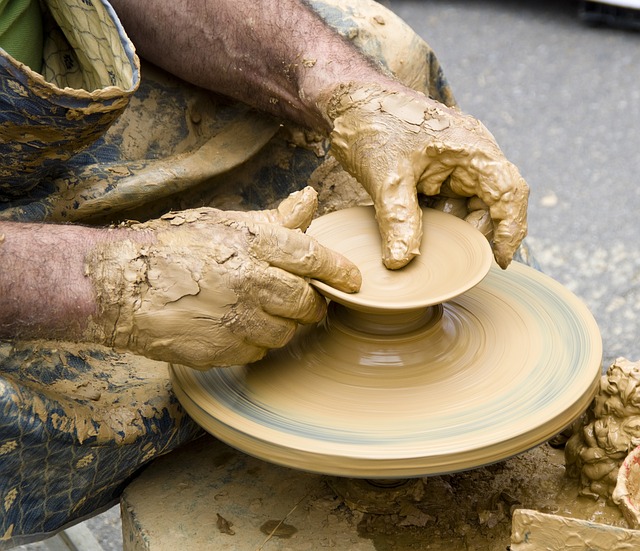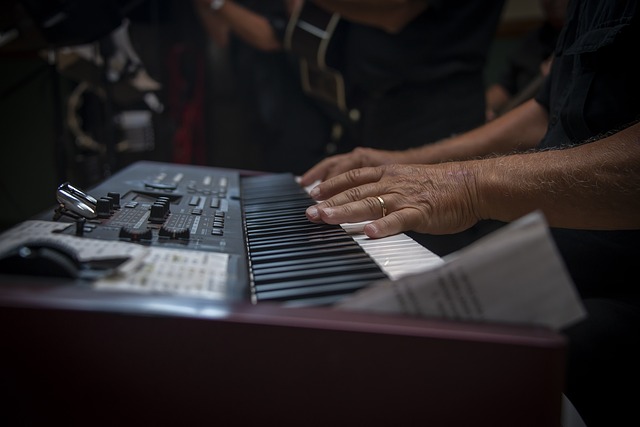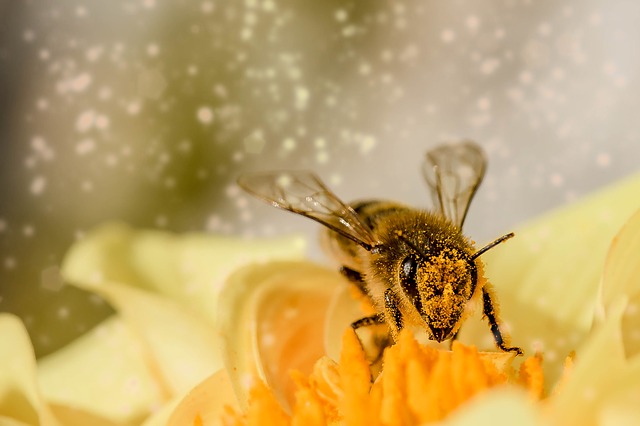The old experiment goes that a ceramics professor split their class into two parts, with one group responsible for making as many pieces as possible, and the other group responsible for making one perfect creation. The group responsible for as much as possible did the best on average for the quality of work at the end.
This story is parroted over and over for content creation, but so many people are so fixated on creating their one perfect product that they completely lose sight of how much work it takes to get good at something. You can work on the theory behind the perfect product, but how many people manage to hold back the tears when they first cut an onion cooking? If the skills aren’t applied, they aren’t tested. If a skill isn’t tested, how do you know how developed or undeveloped it is?
As skills are refined, you can focus on quality, but even a skilled artisan can keep up quantity with a high level of quality. You have to pump out content and product to get good at making content and product in the first place. Creativity is an iterative process. Practice makes perfect. You have to apply what you’ve learned to understand the theory. If you have an excess, you can always throw out what doesn’t work.
Iterating Through Creativity

Creativity is an iterative process. Nothing is born from the void, and nothing is built out of nothing. There has to be a base and an inspiration for making something new. Creation begets more creation.
Creativity can be thought of as an investment. You can pick between safe and risky. Safe investments gradually go up and rarely dip, while riskier investments may jump many times that of a safe investment, but they may turn into absolutely nothing as well. Safe investments also heavily diversify. You have to understand the market before you can sanely make risky bets. As your skill and understanding grow, your “assets” will grow meaning you can make bigger jumps without as much risk.
Using your time to create art, music, or any creative endeavor are all your investments. When you invest in one piece which fits your level, you potentially commit to one “safe” stock instead of a more volatile stock. If you have enough safe bets in your portfolio, the dips of one are evened out by the fluctuations in another. If you pick the right direction, you will succeed, if not, you have time to liquidate. By focusing on “more” rather than “better”, you have more chances to stumble on “better”.
Practice Makes Perfect

The first time you do anything, it probably won’t be too impressive. This isn’t necessarily bad, but can be disheartening. The old adage goes that practice makes perfect, and you have to be able to practice any given skill properly to learn and master it.
Practice leads to familiarity which leads to spontaneity and naturalness. If you begin to practice writing, you’ll probably struggle to write a few hundred words in an hour at first and there will probably be holes in the logic or argument you make. As you write more and more, the barrier to tapping that flow will be lowered, and the time required will quickly go down while the quality goes up.
Applied Theory

Like with language learning, you must apply the theory in order to master the concepts in real life. Practice perfects the realization of theory. Only reading a book on how to speak a language won’t loosen your tongue much, but you can’t get as far in the language without structure. Theory feeds into practice, and practice draws from theory, but more often than not, more theory is available than can be practiced. It’s far easier to just read about doing than to get out there and do it.
There has to be a balance of theory and application or else you’re wasting your time. Practicing too much just leads to repetition without added understanding and growth, while too much theory leads to fast growth with weak roots and a weak foundation. Theory must be applied to be useful, but there must be something to apply.
For pretty much anything creative, you’ll never run out of practice for a given style. The nature of creativity is to reflect the self through the filter of a given medium. This act can always be practiced in some form as long as you grow as a person. The theory behind the techniques will be useless without being shaped by the practice to implement them.
Throwing Out What Doesn’t Work

Not every creative piece is fit for consumption. Not every experiment yields useful results. You have to try to actually know though.
The more you learn and grow, the more you can experiment. You don’t start trying to write a book when you first learn to write; you start by writing short stories, essays, or similar to hone your technique. You have to walk before you can run or else you run the risk of doing everything wrong. By focusing on smaller, more completable units, you can see the process through from start to finish, even if it is not as grand. This gives more experience and exposure to what works, and more importantly what doesn’t.
Each experiment can serve to show you where the boundaries are, but can also be a complete waste of time. If you’re gambling without understanding the game, you should stick to small bets. Why throw it all away when you don’t understand what’s going on or how things fit together? You have to learn somehow, but might as well make it not sting too much when you mess up.
Focusing on quantity means more opportunities to test small changes. Which is more effective for learning, a single 3,000 word experimental essay, or two 1,500 word experimental essays testing different factors? Obviously, if you divide this too finely, you hit the limit for diminishing returns on learning, but as long as you don’t put the difficulty too low and experiment, you’ll get something out of it. An artist can still learn from drawing a single circle on a page.
Quantity means less risk for each element of practice. You don’t want your masterpiece to be an experimental shot in the dark, but you don’t want to be so stunted you don’t know where to start. Make more and throw away the trash. You’ll learn more than you could have hoped.

The Fine Print
Quantity over quality is great for just getting movement, but you have to make the quality match the difficulty of your level. The right movement makes waves, but the wrong movement makes chaos. Ten short essays may make you a better writer, but 5,000 sentences with absolutely no context probably won’t help much unless you struggle with organizing words. Closing your eyes and cutting an onion won’t help you learn to cook. Blindly mixing chemicals won’t teach you much chemistry unless you didn’t know things reacted.
When you go for quantity, you need to go for a quality which matches your skill level. You need to be challenged or else you’re just being repetitive. Painting the same design 10,000 times won’t teach you to paint anything else, but it might sharpen your technique (in the beginning at least). Unfortunately, once that technique is solid, you’re not accomplishing a single thing. To make it worse, you’ve wasted time which could have included the more difficult techniques while learning other facets of the art.
Quantity beats quality, but only when it’s not repetitive. That being said, even great musicians still practice single notes. Even great artists practice drawing circles. Great mathematicians practice basic arithmetic. They just don’t dwell on these things. Produce more at the expense of some quality to move faster, but remember to stop and focus on your masterpieces to draw it all together when the time comes. Until then, practice much and often.
Featured image by Eli Digital Creative from Pixabay
